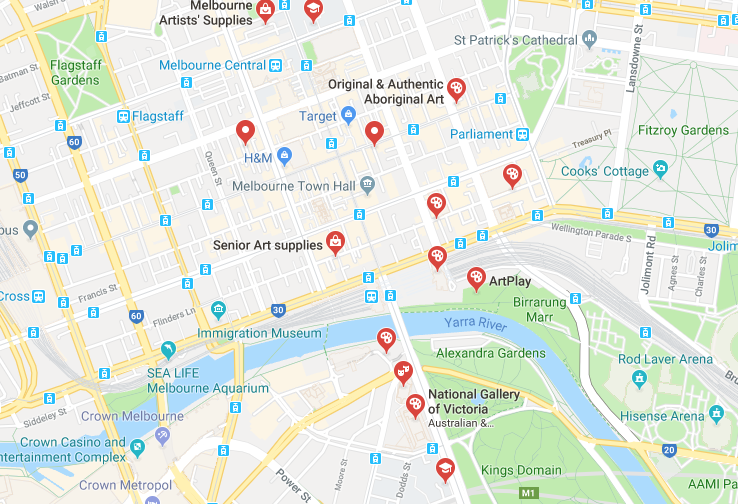City of Melbourne Creative Strategy
Here are some questions for artists, organisations, workers and residents to consider in responding to the draft in writing or via consultation sessions:
Here are some questions for artists, organisations, workers and residents to consider in responding to the draft in writing or via consultation sessions:

The City of Melbourne has released its draft Creative Strategy 2018-2028 as a full document as well as a one-page summary.
This document follows on from the City of Melbourne Arts Strategy 2014-2017 as well as Council Plan 2017-2021 and its Creative City goal.
Feedback on the strategy is open until Tuesday 17 July 2018.
Here are some questions for artists, organisations, workers and residents to consider in responding to the draft in writing or via consultation sessions: